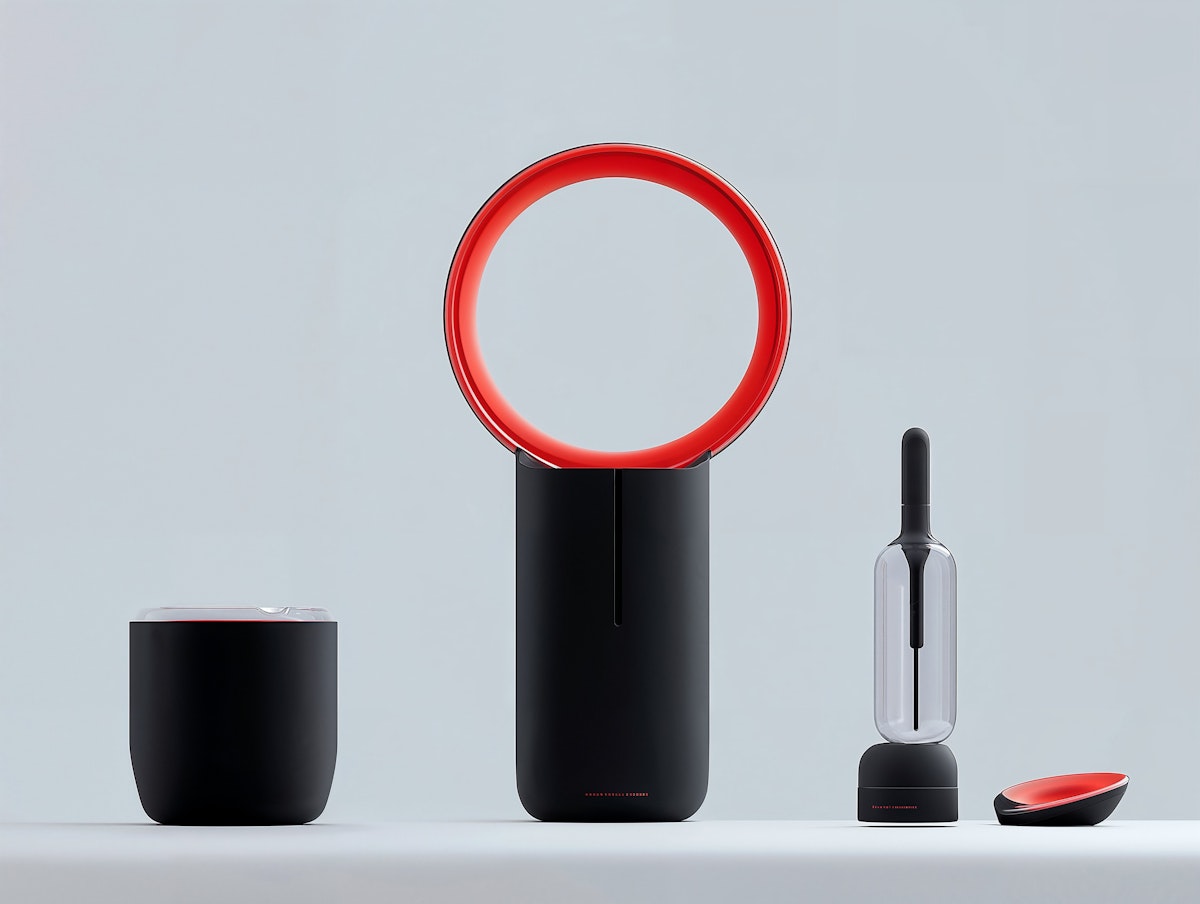Concept design is often the most inspiring and intellectually stimulating phase of product development. It is the stage where possibilities take shape, where creativity meets strategic thinking, and where the true nature of challenges is explored in depth. It is not just about generating ideas—it is about systematically defining, questioning, and reshaping problems to uncover the most valuable opportunities.
One of the most intriguing aspects of concept development is the emergence of “problems.” A new idea will almost always generate challenges that need to be solved. However, before rushing to find solutions, it is crucial to take a step back and ask: Is this a real problem, or have we created a virtual one? Often, the perceived problem is not an absolute constraint but rather a malleable condition—one that can be reframed, redefined, or even eliminated entirely through a shift in perspective.
Concept Design as a Systematic Approach
Concept design is not just a creative exercise—it is a structured approach to gathering and synthesizing information. It requires a deep understanding of user needs, market dynamics, technological possibilities, and strategic business goals. The process includes:
- Exploration of Opportunities: What are the unmet needs in the market? Where do emerging technologies open new possibilities?
- Challenge Identification: What obstacles or limitations arise? Are they fundamental, or are they constructs of conventional thinking?
- Problem Reframing: Can the challenge be redefined to create a more elegant solution? Could an alternative approach eliminate the issue entirely?
- Iterative Conceptualization: Developing multiple concepts, testing assumptions, and refining ideas based on feedback and new insights.
This systematic approach ensures that product development is not just reactive—solving predefined problems—but proactive, shaping the very nature of what needs to be addressed.
The Power of Asking the Right Questions
One of the most critical roles of design is not merely to provide answers but to ask the right questions. When we shift our focus from “How do we solve this problem?” to “Is this the right problem to solve?” we open new pathways for innovation.
Many great design breakthroughs occur not because someone found a better solution but because they realized they were solving the wrong problem in the first place. By questioning assumptions, we may discover that what seemed like an unavoidable challenge is actually an artificial constraint. This realization allows for entirely new directions—simpler, more elegant, and often more effective.
Redefining the Path Forward
By systematically questioning, reframing, and exploring, we create a more dynamic and insightful approach to design. The ability to identify true challenges, rather than just working within predefined constraints, is what separates great product design from incremental improvements.
Concept design is not just about imagining the future; it is about shaping the questions that define it. When done right, it doesn’t just lead to better products—it leads to better ways of thinking.
Unveil Ideas, Ignite Innovation
Otso Lindfors
Founder & Visionary at Apxt Consulting
Passionate visionary at the helm of Apxt, igniting the fusion of design, strategy, and innovation. With a profound curiosity and an insatiable appetite for redefining possibilities, I orchestrate our journey to unravel the strategic depths of business and design. Just as a composer envisions harmonies, I craft strategic narratives that resonate with authenticity and excellence, leading Apxt towards a future defined by innovation.



